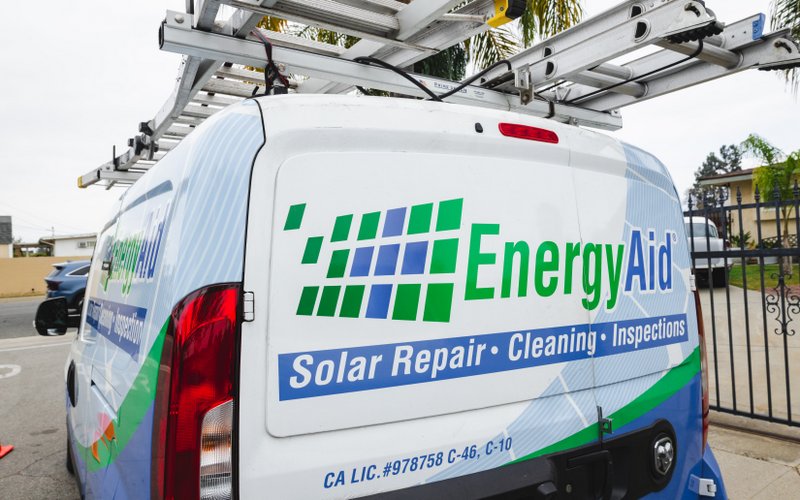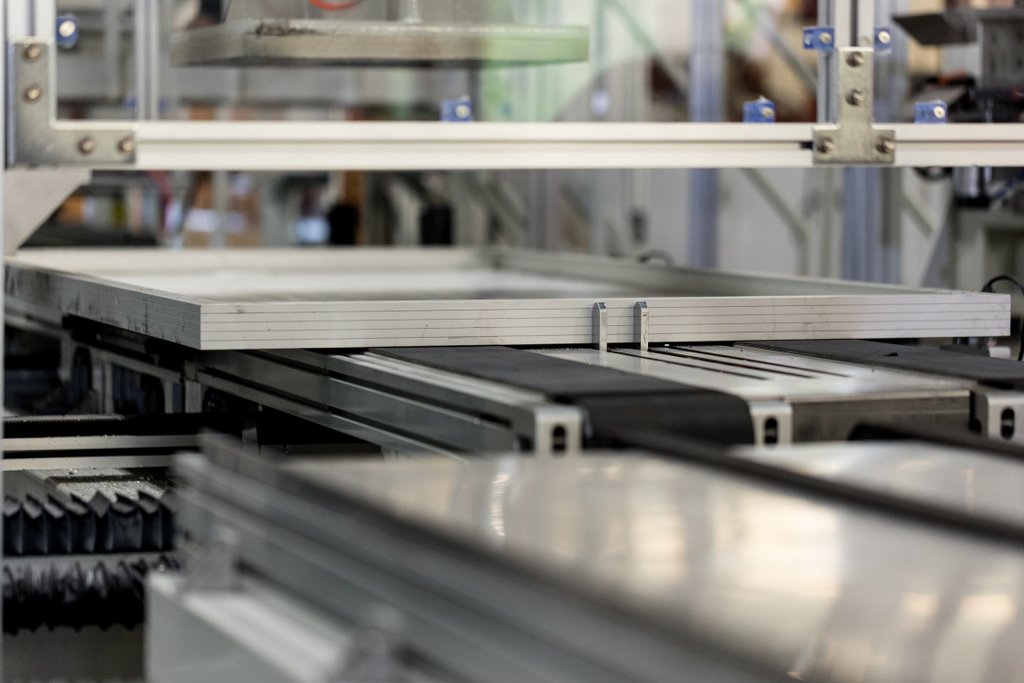Tariffs shake up Q2 solar module prices

After holding steady for much of Q1, distributed generation (DG) solar module prices spiked mid-Q2 — only to partially settle by the end of June, according to Anza’s latest pricing insights report. The culprit? A rush of new tariffs and import duties that sent module prices climbing, before freight relief and new low-tariff supply lines helped cool things off.
The data in Anza’s Q2 2025 Solar Module Pricing Insights Report represents median DG list prices from over 35 module suppliers participating in the Anza platform, which captures over 95% of the U.S. module supply. Median module prices rose from $0.25/W in February to a peak of $0.28/W in May, driven by new AD/CVD tariff updates and Section 201 duties. By June, prices had eased to $0.27/W — still 12% higher than early-year lows but down 3.6% from the May peak. The softening was attributed to reduced freight costs, partial tariff absorption by manufacturers, and early deliveries from Indonesia and North Africa, where cells are only subject to the 10% Section 201 tariff.
Mono PERC remains resilient
Mono PERC ended June at $0.26/W — 8.3% above February, but 10% below the May peak. The report notes that PERC’s globally diversified supply chain and widespread availability kept it relatively insulated from price volatility. Buyers on the Anza platform favored PERC for inventory deals, which are typically priced below new production offers.
TOPCon pricing climbs
TOPCon pricing landed at $0.27/W, up 8% since February. Limited U.S. production capacity, early signs of faster EVA encapsulant degradation, and unresolved IP questions have slowed order flow. Several suppliers report that customers are resisting price increases until guidance clarifies. TOPCon still commands an efficiency premium, but that margin narrowed in 2025.
HJT pricing hard to pin down
HJT modules listed at a much higher $0.38/W — but this figure is based on just three products, two of which use U.S.-made cells and one from China subject to heavy duties. With such a limited sample size, Anza advises caution in drawing conclusions, especially as broader HJT supply hasn’t reached the platform yet.
Cell origin drives spread
The most dynamic movement this quarter was found in solar cell origin. Buyers increasingly sought out tariff-friendly sources, and regional spreads widened as a result:
- USA: Still the most expensive at $0.44/W, though down $0.06/W since February.
- India: Up 11.1% to $0.30/W due to a 27% reciprocal duty.
- East Africa (Ethiopia, Kenya, Nigeria): Emerged as a competitive alternative at $0.255/W.
- Middle East (Saudi Arabia, Oman, UAE, Jordan, Turkey): At $0.270/W, modest increase from February.
- Southeast Asia (AD/CVD countries): Down slightly to $0.26/W.
- Indonesia and Laos: Now priced at $0.28/W, though suppliers await final Commerce guidance.
Key takeaway: Policy continues to have big influence
The report underscores how quickly policy shifts can move U.S. module prices — and how transparency is critical. Anza’s approach of baking all duties into list prices helped buyers avoid last-minute sticker shock. As domestic manufacturing ramps up, the window to lock in known pricing with tariff clarity may be short.





Comments are closed here.